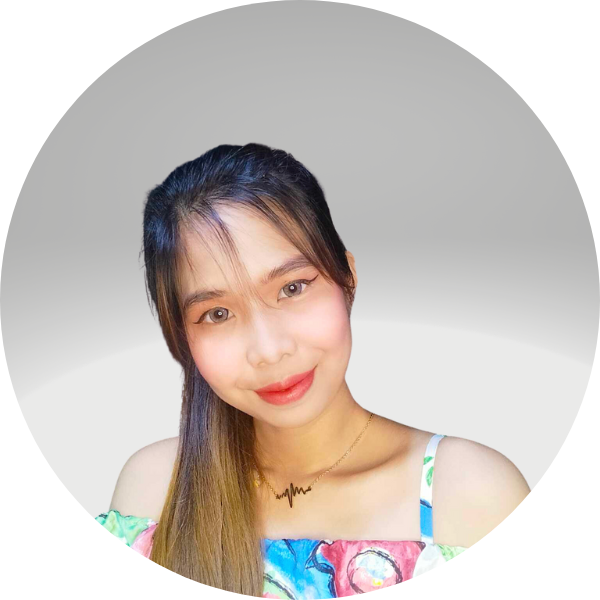CPR-BLS vs Diagnostic Medical Sonographer

Key Points:
- CPR-BLS focuses on emergency life-saving techniques, while Diagnostic Medical Sonographers use imaging technology to diagnose medical conditions.
- CPR-BLS providers typically earn less than Diagnostic Medical Sonographers, who often have higher salaries.
- CPR-BLS training is often shorter and can be completed online, while Diagnostic Medical Sonographers require more extensive in-person training and education.
- CPR-BLS training is generally less expensive and takes less time to complete compared to Diagnostic Medical Sonographers.
Are you considering a career in the medical field? Two popular options to consider are becoming a CPR-BLS (Basic Life Support) provider or a Diagnostic Medical Sonographer. Both careers offer a rewarding opportunity to make a difference in people's lives, but they have different responsibilities and educational requirements. In this blog post, we will explore the differences between a CPR-BLS and a Diagnostic Medical Sonographer and help you decide which path may be right for you.
CPR-BLS vs Diagnostic Medical Sonographer: Education and Training
To pursue a career as a CPR-BLS provider or a Diagnostic Medical Sonographer, you will need to complete specific education and training requirements.
-
CPR-BLS: To become a CPR-BLS provider, you will need to complete a CPR-BLS training course. These courses are typically offered by organizations such as the American Heart Association (AHA) or the American Red Cross. The course duration can vary, but it is generally completed in a few days. Once you have completed the course and passed the required exam, you will receive a CPR-BLS certification.
-
Diagnostic Medical Sonographer: To become a Diagnostic Medical Sonographer, you will need to complete a formal education program in diagnostic medical sonography. These programs are available at community colleges, vocational schools, and universities. The duration of the program can vary, but it typically takes 2-4 years to complete. After completing the program, you may also choose to pursue certification through organizations such as the American Registry for Diagnostic Medical Sonography (ARDMS).
CPR-BLS vs Diagnostic Medical Sonographer: Career Outlook and Salary
Now let's take a look at the career outlook and salary potential for CPR-BLS providers and Diagnostic Medical Sonographers.
-
Career Outlook: The demand for CPR-BLS providers is expected to remain steady as the need for emergency medical services continues to grow. CPR-BLS providers may find employment in hospitals, clinics, ambulance services, and other healthcare settings. On the other hand, the demand for Diagnostic Medical Sonographers is projected to grow much faster than the average for all occupations. This is due to the increasing use of ultrasound imaging as a safe and non-invasive way to diagnose and monitor medical conditions.
-
Salary: The salary for CPR-BLS providers can vary depending on factors such as experience, location, and employer. According to the Bureau of Labor Statistics (BLS), the median annual wage for emergency medical technicians and paramedics, which includes CPR-BLS providers, was $35,400 in May 2020. On the other hand, the median annual wage for Diagnostic Medical Sonographers was $75,920 in May 2020, according to the BLS.
Final Thoughts
Choosing a career in the medical field requires careful consideration of your interests, skills, and educational goals. Both CPR-BLS and Diagnostic Medical Sonography offer unique opportunities to contribute to patient care, but they require different levels of education and training. If you are interested in providing immediate care in emergency situations, becoming a CPR-BLS provider may be a good fit for you. On the other hand, if you enjoy working with advanced imaging technology and assisting in the diagnosis and treatment of medical conditions, a career as a Diagnostic Medical Sonographer may be the right choice.
Dreambound's programs are available in different locations. Explore the following blogs for comprehensive details on these two vocations, including their requirements and guidelines on joining:

Joanna Paragas is part of the Growth team at Dreambound. Her primary role involves creating various automation to streamline workflows and make tasks more efficient for the entire team. Beyond her professional endeavors, Joanna enjoys spending her free time playing with her dogs and enhancing her knowledge by enrolling in online courses.




